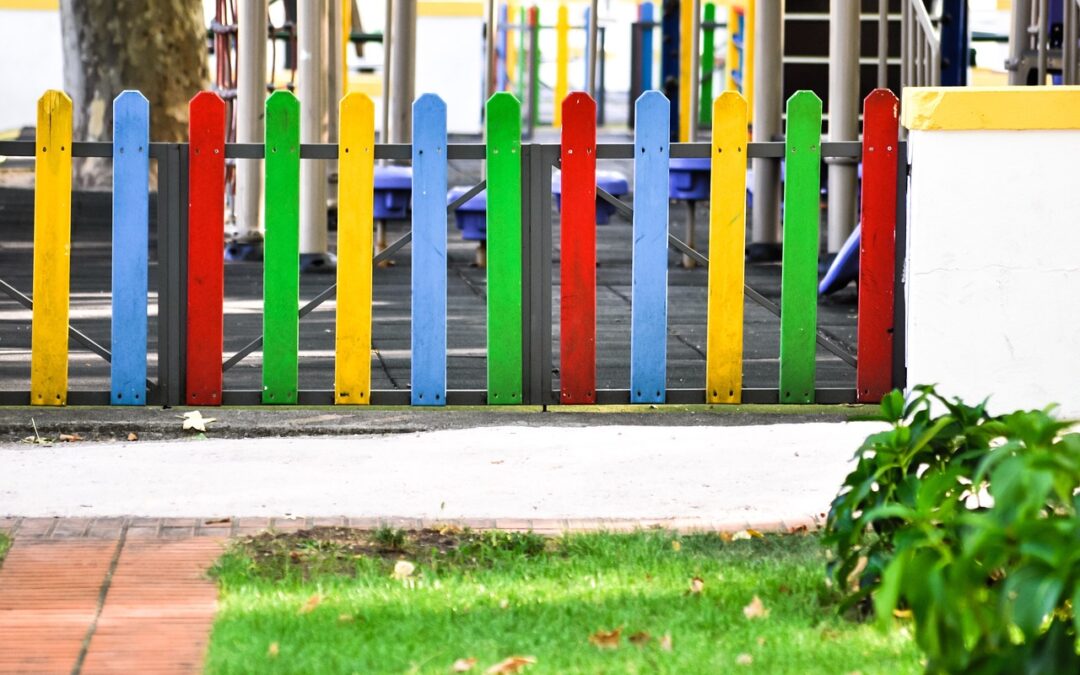TL;DR – Too Long; Didn’t Read
This article discusses the benefits of installing sand in outdoor play areas for children. It covers topics ranging from safety and durability to cost-effectiveness and ease of maintenance. The article also includes tips for choosing the right type of sand and preparing the play area for installation.
The Importance of Sand in Outdoor Play Areas
Sand is an essential component of any well-rounded outdoor play area. It provides a variety of benefits for children, including:
- Encourages physical activity: Digging, building, and playing in sand helps children develop their motor skills, coordination, and balance.
- Stimulates creativity: Sand allows children to use their imaginations to create their own worlds, fostering creativity and problem-solving skills.
- Provides sensory stimulation: The texture of sand is soothing and calming, which can be beneficial for children with sensory sensitivities or anxiety.
- Enhances social skills: Sand play encourages children to interact with each other, developing their social and communication skills.
Choosing the Right Type of Sand
Not all sand is created equal. When choosing sand for an outdoor play area, it is important to consider the following factors:
- Grain size: The size of the sand grains determines the texture of the sand. Fine-grained sand is soft and silky, while coarse-grained sand is rougher and more abrasive.
- Shape of the grains: Sand grains can be round, angular, or a combination of both. Round-grained sand is smoother and easier to mold, while angular-grained sand is more durable and less likely to compact.
- Composition: Sand can be made from a variety of materials, including silica, calcite, and feldspar. Silica sand is the most common type of sand used in outdoor play areas due to its durability and resistance to wear and tear.
Preparing the Play Area for Installation
Before installing sand in an outdoor play area, it is important to prepare the area properly. This includes:
- Clearing the area of debris: Remove any rocks, sticks, or other debris from the area where the sand will be installed.
- Leveling the ground: The ground should be leveled to ensure that the sand is evenly distributed.
- Laying a weed barrier: A weed barrier will help to prevent weeds from growing through the sand.
- Installing edging: Edging will help to keep the sand in place and prevent it from spreading.
Tips for Maintenance
Once the sand is installed, it is important to maintain it properly to ensure that it remains safe and enjoyable for children. This includes:
- Regularly raking the sand: Raking the sand will help to distribute it evenly and prevent it from becoming compacted.
- Removing debris: Debris should be removed from the sand regularly to prevent it from becoming a hazard.
- Adding new sand as needed: Over time, the sand will need to be replenished to maintain its depth.
Conclusion
Sand is a valuable addition to any outdoor play area. It provides a variety of benefits for children and is relatively easy to install and maintain. By following the tips in this article, you can create a safe and enjoyable sand play area for your children.

